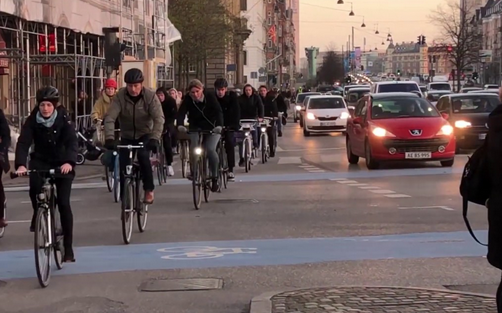I was invited to contribute to a special issue of the journal Urban Planning on the topic ‘Car Dependence and Urban Form’. The aim of the editors was to explore the scope for developments of urban form to reduce car use. I agreed to contribute a review of the evidence of drivers’ perspectives, because I sensed there is a mismatch between the general popularity of the car and the concerns about its adverse impacts held by many transport planners and academics, such that they would wish to see a reduction in ownership and use. The paper is here. The abstract is below.
Abstract: The concept of car dependence includes both travel to destinations for which other modes than the car are not practical and preference for car travel even when other modes are available. While the concept has been a focus for transport analysts for some time, car ownership and use have continued to grow. This reflects the utility of the car for travel on roads where drivers do not experience excessive congestion and where there is parking at both ends of the journey. Local public transport and active travel only become generally attractive alternatives to the car in dense city centres where road space for car use is limited. Reduced car dependence is facilitated by city planning that encourages increased density, opportunities for which are constrained by the stability of the built environment. As well as utility for travel to achieve access to desired destinations, car ownership is also attractive on account of positive feelings, including pride, reflecting both self-esteem and social status. The positive feelings of the population at large towards car ownership are not consistent with the critical view of many analysts, a divergence in point of view that contrasts with the general acceptance of the need to respond to climate change, for which the purchase of electric vehicles is seen as an appropriate action. Rather than advocating measures explicitly aimed at reducing car dependence, a more effective policy approach would be to increase the availability of alternative modes while mitigating the detriments of car use.
The issue of the open access journal that includes my paper is published.

